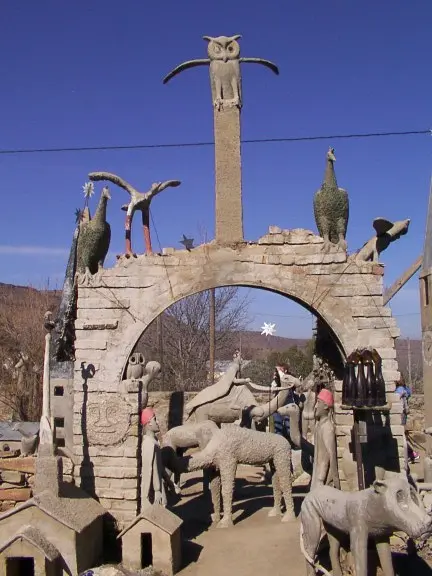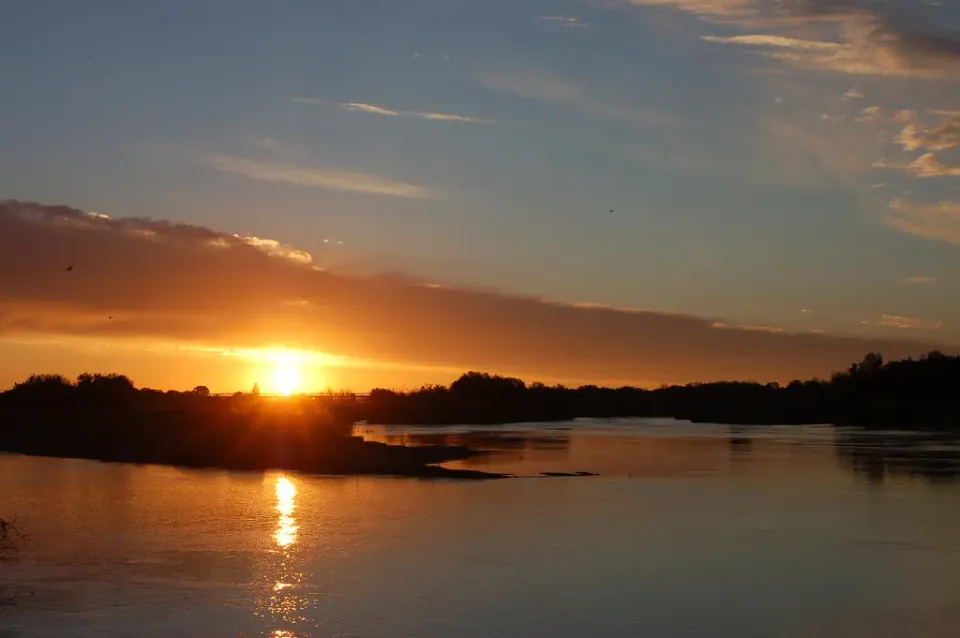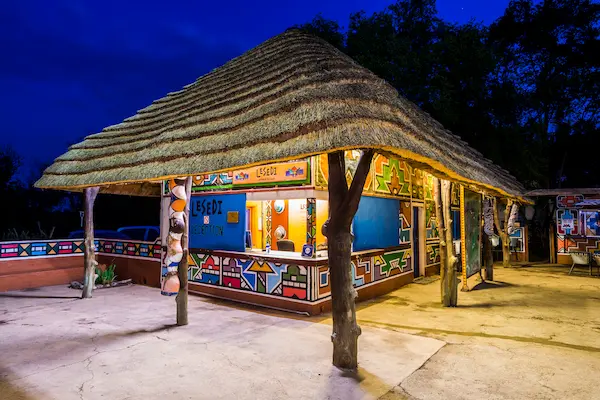Exploring South Africa's UNESCO World Heritage Sites

South Africa is a land of diverse natural beauty and rich cultural heritage. Its landscapes range from the vibrant blooms of the Cape to the awe-inspiring Drakensberg Mountains. The United Nations Educational, Scientific and Cultural Organisation (UNESCO) recognizes certain locations around the world as World Heritage Sites due to their exceptional universal value. These sites, whether they are natural wonders like deserts and coral reefs, or cultural treasures like ancient cities or sacred locations, are invaluable sources of life and inspiration that we aim to preserve for future generations.
South Africa proudly hosts ten UNESCO World Heritage Sites, including four cultural, four natural, and one mixed site. The most recent addition to this prestigious list was the Barberton Makhonjwa Mountains in 2018. South Africa also has two potential sites on UNESCO's tentative list, which are being considered for future nomination. These are 'The Emergence of Modern Humans: The Pleistocene occupation sites of South Africa' and 'Human Rights, Liberation Struggle and Reconciliation: Nelson Mandela Legacy Sites', both submitted in 2015.
All these sites are evaluated based on a set of ten criteria, such as 'representing a masterpiece of human creative genius' and 'containing superlative natural phenomena or areas of exceptional natural beauty and aesthetic importance'. Once a site is designated as a World Heritage Site, both the host country and UNESCO commit to its preservation and protection.
Here are the ten World Heritage Sites you can explore in South Africa:
- Vredefort Dome: This is the largest and oldest impact crater on Earth, created by an asteroid over 2 million years ago. Located in the North West and Free State provinces, it offers a unique glimpse into our planet's geological past.
- Fossil Hominid Sites of South Africa: These sites have produced important fossils, including the renowned Taung Skull and evidence of early fire use, contributing to our understanding of human evolution.
- Robben Island: This former prison, which once incarcerated Nelson Mandela, stands as a symbol of the victory of freedom and democracy over oppression.
- iSimangaliso Wetland Park: Situated on Kwa-Zulu Natal’s tropical coastline, this park boasts a diverse ecosystem and was South Africa’s first World Heritage site.
- Maloti-Drakensberg Park: This park is not only breathtakingly beautiful but also houses the largest collection of San rock paintings, showcasing the spiritual life of these ancient tribes.
- Mapungubwe Cultural Landscape: This site in northern South Africa contains the remnants of the country’s largest tribal kingdom in the 14th century.
- Cape Floral Region Protected Areas: This region in the Eastern and Western Cape is home to over 20% of Africa’s flora, including the unique 'fynbos' vegetation.
- Richtersveld Cultural and Botanical Landscape: This mountain desert landscape is home to the Nama people, who still live in traditional portable homes and manage the land communally.
- Barberton Makhonjwa Mountains: This site in Mpumalanga province contains some of the oldest exposed rocks on Earth, dating back 3.6 billion years. They reveal clues about the early formation of continents and life.
- ǂKhomani Cultural Landscape: This site in Northern Cape province covers part of the Kalahari Desert where the San people have lived for millennia. They have preserved their hunter-gatherer culture and knowledge of nature.




